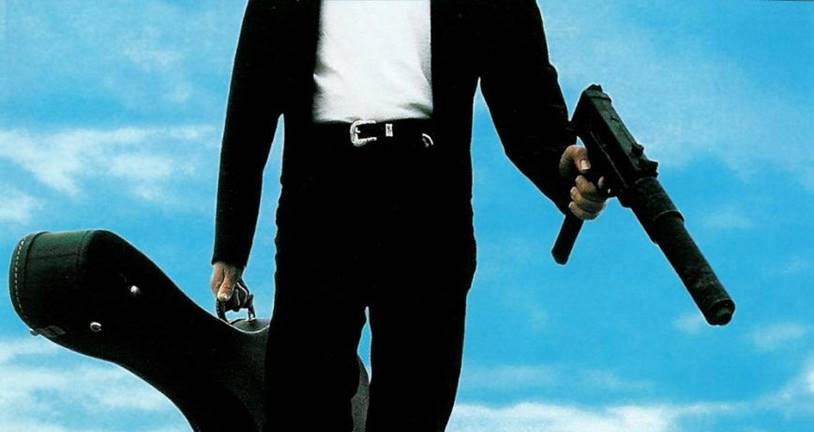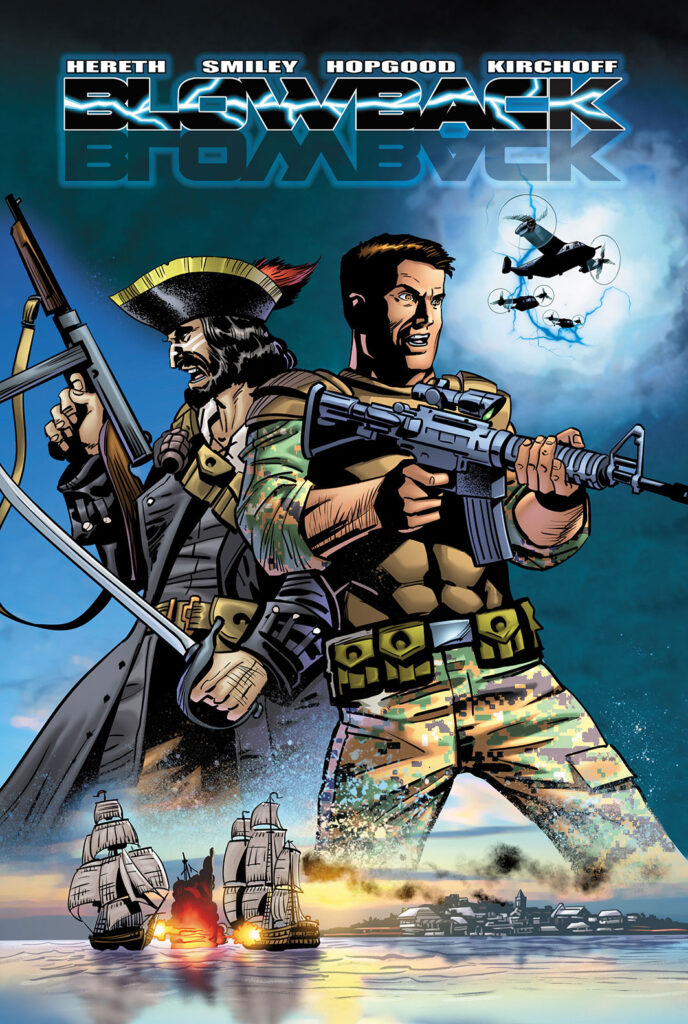
There’s the old adage that you should “write what you know.”
While there’s plenty to be said for that, there are also plenty of instances when you should write what you have.
When it comes to production – especially your own production – how can you make the most of what’s around?
Instead of just writing without restraint, consider channeling your creativity to maximize production value and make your project stand out from the rest.
STUDENT LIFE
As a film student, this perspective is essential. There are no big budgets. There are no big stars. You aren’t likely to pull off a story set in the rings of Jupiter or a shire in Middle Earth. So you’re forced to consider what you have on hand.
Brainstorm the project from that perspective. Do you have access to a cool apartment with a fire escape? A rooftop overlooking the city? An abandoned movie theater?
These simple things can elevate your project and make it special.
One of the earliest projects I worked on at school was essentially a chase through New York City. Led by director, Mark Brian Smith, we thought about what places we knew of that looked cool. Like bridges, outdoor markets, and unique architecture. We roamed the city, shooting in front of one graphic background after another, and making a simple concept into something a little more.
In another film, a friend’s pet iguana was written into the story as a rare poisonous reptile. He made for an unexpected murder weapon and didn’t even demand his own dressing room.
SHORT CIRCUIT
This isn’t limited to students, of course. The same applies to any project.
Josh Lewkowicz, a filmmaker friend with bicoastal collaborators and a drone, worked on the short, Good Friend Man.

It was conceived to take advantage of both the cross-country locations and the drone’s capabilities. This allowed the creative team to design a film that would highlight these special elements, as opposed to just trying to incorporate them into an unrelated idea after the fact.
Identify the unique, special things that can enhance your production and integrate them from the start.
LIMITED LOCATION, LOCATION, LOCATION
In the golden age of the limited location feature, you want to focus on your assets, not your shortcomings.
Robert Rodriguez is the patron saint, and El Mariachi the poster child, for making the most of what you’ve got. As legend has it, Rodriguez wrote the script for that movie knowing he had access to a ranch, two bars, and a bus. And although it was critical to write a compelling narrative and shoot and edit with a creative eye, those little extras raised the bar.
My director friend, Charles Unger, took that recipe to heart for his own indie. With access to the DGA Building in Hollywood, a fashion company in Downtown LA, and a Buick Skylark convertible, he wrote and directed his feature debut, Mr. Lucke.
GETTING SERIES-OUS
This perspective can serve as a valuable asset while writing for a series as well. You can take some pressure off a producer (and their budget) by gauging what kinds of special things are already at the production’s disposal.
Our home base and primary shooting location for Mowgli: The New Adventures of the Jungle Book, was a former coffee plantation. While we had built recurring sets, the property had a lot more places to find inspiration. And at little to no extra cost.
Walking the grounds revealed many great opportunities to bring something special to our show. There were picturesque cliffs, valleys, abandoned buildings, and even a garbage dump.
Episode ideas were inspired by those untapped locations and features, making the most of what was available at the earliest stage and boosting their potential.
ANIMATION MAXIMIZATION
I’ve talked about this before, but when you’re working on an animated show, you can’t just write anything that comes to mind.

Kuu Kuu Harajuku’s season 1 video game monster returns in season 3 to wreak havoc in the “real world”
I mean, you can of course, but even if fantastical locations and wall-to-wall special effects are cheaper in animation than in live action, that doesn’t mean they’re actually cheap.
It pays to look through the show’s previous episodes and reach out to the production to find out what existing sets and characters have already been designed, but potentially underutilized.
Let your scripts spring from there, focusing your creativity on those assets and elevating what the production has.
This can make you an extremely valuable part of the team and maybe a more desirable hire in future productions.
BIG FINISH
Ultimately, I encourage creatives to take inventory – literally – and channel their imaginations through their existing resources.
While some might believe that art can’t be restrained, writing with intention and purpose is critical if you want to be a professional. Use everything you have to make your projects memorable.
This is another place where the craft of writing comes in. And craft is every bit as valuable as art. Practice it. Develop it. And then make the most of what you’ve got.
Filmically speaking.
________________________________________________________

Jim Hereth‘s latest project is his debut action/adventure graphic novel, Blowback, nominated for Best Original Graphic Novel and winner of Fan Favorite Villain at the Ringo Awards. Available now in digital and paperback editions at Amazon.
![[TEXTSMITH] BLOG](https://blog.jameshereth.com/wp-content/uploads/2016/07/cropped-cropped-BulbsPlus.jpg)